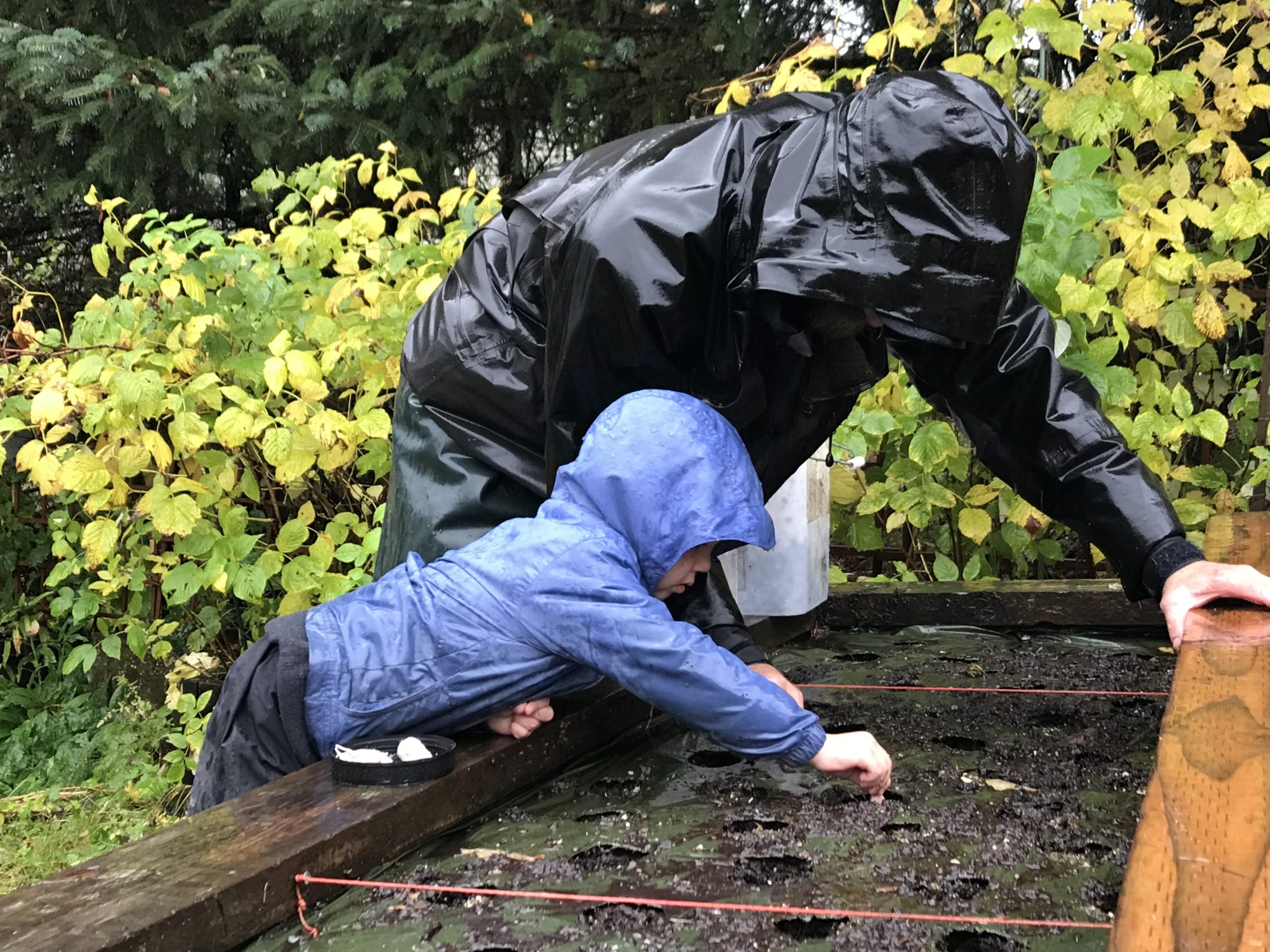
During the first few years of life, children’s brains grow faster than at any other time of life, and their bodies also grow continuously and dramatically. Physical health and movement are important contributors to healthy brain development. Good physical health gives children energy, stamina and endurance to participate actively in the learning process.
Physical development is closely linked with learning in all the Domains: language and literacy, cognition, social-emotional and approaches to learning. As with all the Domains, a child’s physical and motor skill development is highly individualized and often uneven. For example, it is not unusual for one child to begin creeping and crawling seven or eight months earlier or later than another child.
Did you know....
Most children develop from head to toe. For example, young children gain control of their neck muscles before they develop the skill to control their arm movements, which in turn, occurs before children learn to walk.
Children develop skills from the center of their bodies outward. For example, young children gain control of balance and their center of gravity before they develop the skills to catch and throw a ball.
Children develop motor skills involving large portions of their body first and then progress to skills using specific body parts. For example, young children hold objects by grasping them between fingers and palm, before using the thumb and index finger in a pincer grasp.
Safety:
Supporting children’s health means paying close attention to keeping children safe. In Alaska, there are so many everyday risks for children: Firearms, animals, pesticides, inadequate or unhealthy water supplies, hazardous materials, thin ice, water safety, air quality, sun protection, and violence in homes and neighborhoods. Life jackets, helmets, and seat belts, need to be consistently used by adults and children. In a state where cold water near-drowning occurs at alarming rates, parents need to pay special attention to protecting their children around the water.
Cold weather injuries parents need to watch out for include hypothermia and frostbite. Before traveling in the winter, traditional knowledge of the ice is important to heed, as well as the weather forecast from the radio or Internet. In Alaska’s unique geographical region, which has extremes in temperature and remoteness, it is essential that caregivers pay attention to both traditional indigenous knowledge of survival as well as to modern science and technology. For example, in many parts of the state parents carry their baby or toddler inside their parkas to keep them warm during intensely cold winters. Fur parkas and mukluks provide protection from cold injuries, while polar fleece can also provide added warmth to children and has the benefit of drying quickly.
Travel:
Training in first aid and injury prevention should be a priority for parents and early educators here, where victims of trauma often fact lengthy travel time to hospitals or clinics.
Healthy from the start:
Alaskans place a high value on physical health and endurance. Community events such as dances, sports (Native youth Olympics), and subsistence activities like fishing or berry picking provide opportunities to promote physical health as well as social development.
National guidelines for physical activity recommend that young children should be physically active throughout the day, and parents and early educators should encourage active play that includes a variety of activity types (dancing, running, tumbling, etc.).
Yes according to a 2018 national report (State of Obesity 2018: Better Policies for a Healthier America), obesity in the USA continues to rise and in Alaska, the rate of adults with obesity is higher than the national average. With much of Alaska considered rural, it’s noteworthy that American adults and children who live in rural areas have higher rates of obesity. Adults have a tremendous opportunity to start young children with healthy habits for exercise and nutrition for long term health.
A baby’s physical health begins before birth, with mothers and fathers who plan for pregnancy and focus on prenatal care. Caring adults play the crucial role of surrounding parents with social supports, reducing stress, and encouraging exercise, good nutrition, and regular prenatal care.